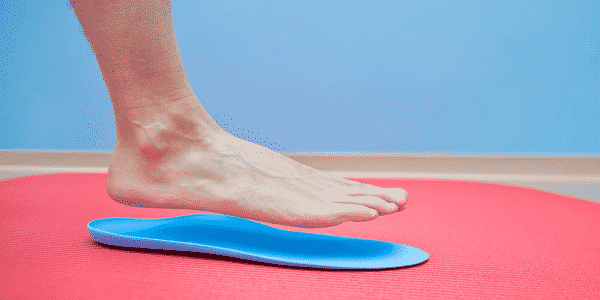
Orthotics is a medical specialty that works on the design and application of orthoses. Importance of Orthotics! Orthosis is an external device that is used to modify the neuromuscular and skeletal system, both structurally and functionally. Share on X Orthotics doctors are referred to as orthotist and are mainly responsible for the manufacture, prescription, and management of orthoses. When you visit a podiatrist for your heel-related issue, they also work on rigid or functional type of orthotics. Made of carbon fiber or soft compression type of materials.
Countless people suffer from structural and functional problems in their upper and lower limbs like feet, spine, knees, ankles and other foot issues. The biomechanics of our limbs and joints is very complex and not easy to correct. Even those people with no biomechanical issues can experience strain on their body parts. Hence, it is not uncommon to see runners, walkers, and hikers bear with repetitive strain injuries, and the treatment can be difficult. This is where the science of Orthotics steps in, and the specialists work with every patient for successful results.
Orthosis is special external devices and inserts that are specifically custom-made for a patient. The Orthotics doctors may prescribe Orthosis for treat foot, leg, or back problems and with the aim of correcting the deformities and help the body parts to function better.
Orthotics for flat feet or any other issues are common. People order special #Orthotics shoes based on their needs.
Orthotic medical devices are made from different materials such as carbon fibre, thermoplastics, elastic, EVA, metals, or any blend of similar materials. The devices are prescribed by the physician and need to be customized as per the patient’s requirements. The over the counter Orthoses is very basic and available in multiple sizes but may not save the purpose in case of specific foot and ankle conditions.
In case you are experiencing significant heel pain or any discomfort in the foot, you must see a foot doctor or podiatrist to discuss your symptoms. He will ask you some questions and make a physical exam of your feet, ankle, and leg. He may ask you to walk and see how your feet and ankles perform or take position during certain exercises. The doctor may even suggest an X-ray, bone scan, or MRI, based on the condition, so as to identify areas of problem and damage, or injury. Based on your doctors observations and diagnostic methods, he will explain the importance of orthotics - Your doctor will make treatment recommendations and prescribe Orthosis. Share on X
As you can infer, orthotics is one part of the solution but you can note importance of orthotics. The rest lies in the quality of Orthoses, and the treatment regimen followed to get rid of the problems. The doctor may recommend physical therapy exercises and some medication to lower pain and inflammation.
Consider a comprehensive treatment plan to remove those foot and ankle concerns. The result will show only if the orthotic is well-fitting, worn correctly, and supported by a treatment regimen.
You can now go through different types of orthotics before you buy them. Customized and heat-moulding orthotics are highly popular and insoles that reduce ankle and foot swelling.
I’m a type 1 diabetic with diabetes knowledge in t1d and t2d, as well as nutrition and low-carb keto diet information, fitness and exercise programs to help keep you in optimal diabetes health. Take advantage of our diabetic health tools for a healthier lifestyle!
This website uses cookies.